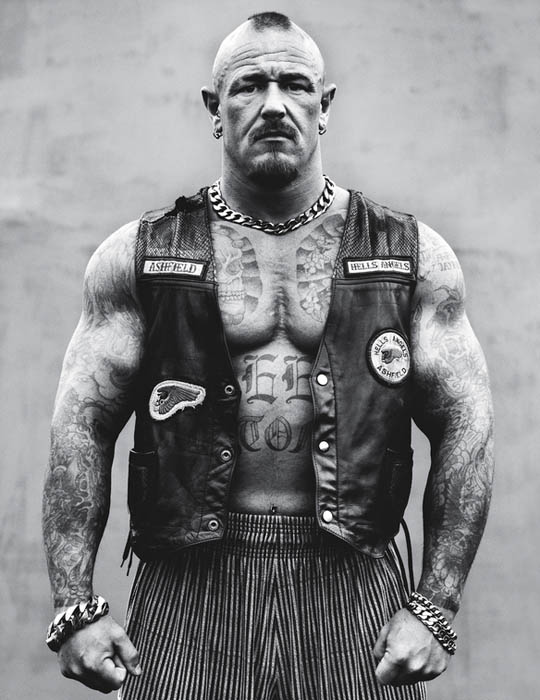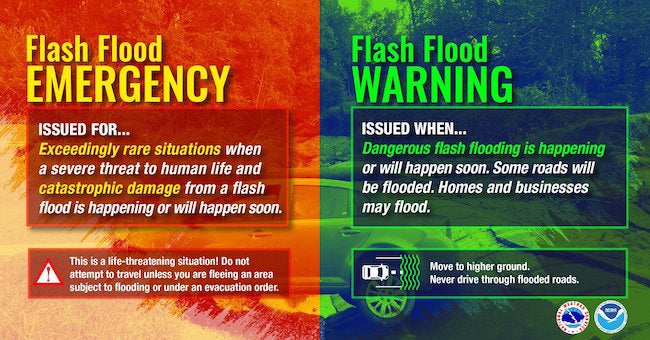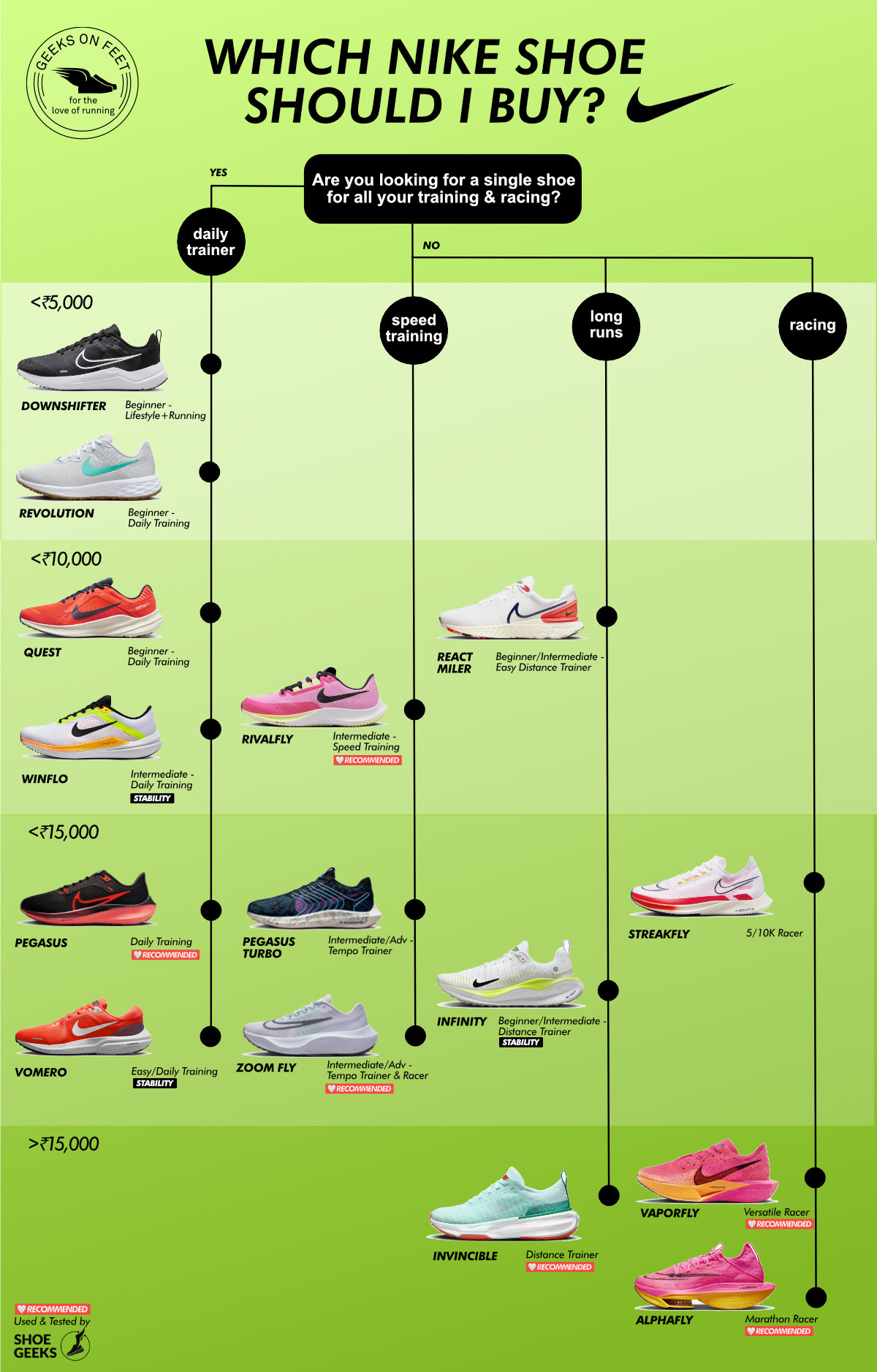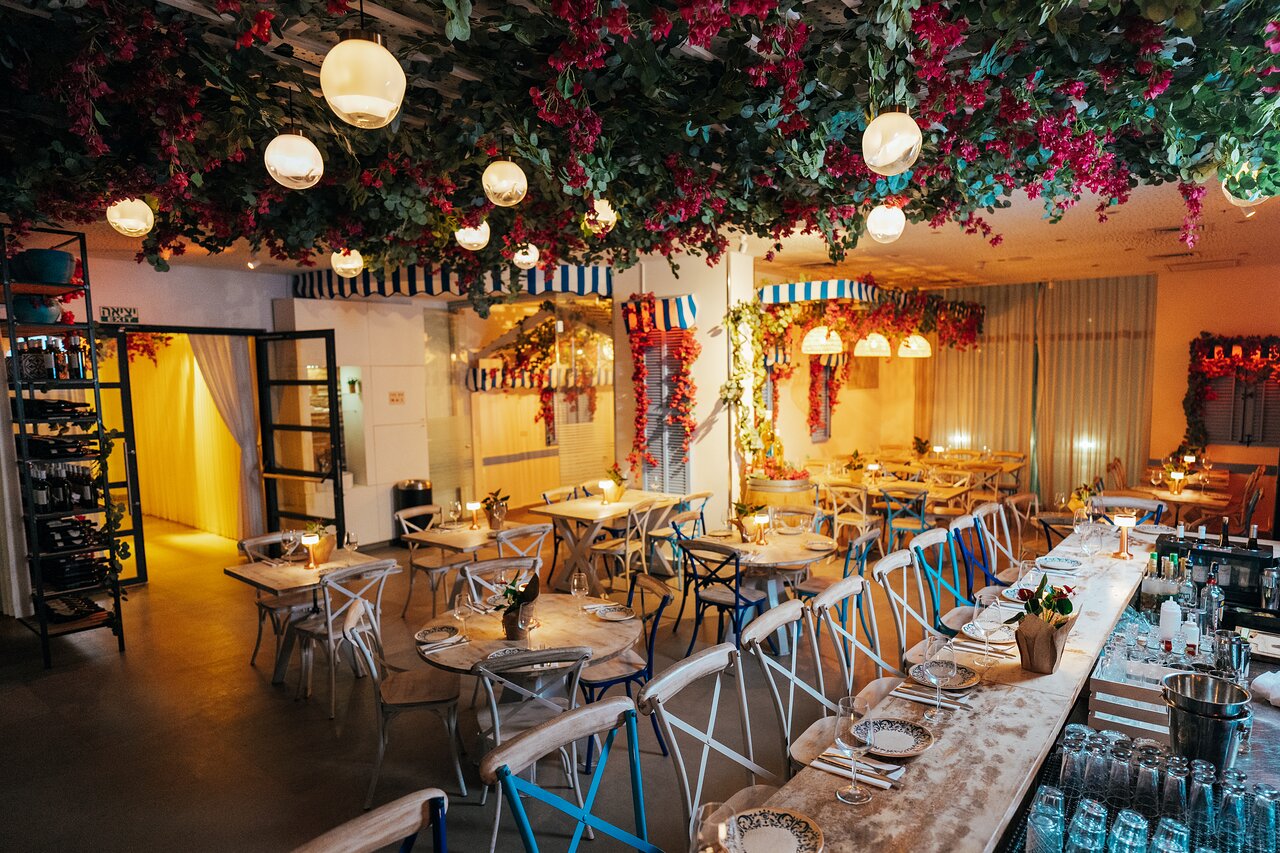The Hells Angels Motorcycle Club: History, Structure, And Activities

Table of Contents
A History of the Hells Angels Motorcycle Club
Early Years and Post-War Origins
The Hells Angels Motorcycle Club was founded in 1948 in Fontana, California. Its initial members were primarily World War II veterans, reflecting the post-war social and economic landscape of the time. The camaraderie and sense of belonging offered by the club appealed to many returning servicemen who struggled to readjust to civilian life. The early years focused heavily on motorcycle riding, long-distance trips, and a strong sense of brotherhood. This initial focus on camaraderie and the open road laid the groundwork for the club's later expansion and evolution.
- Founding members: Many were veterans seeking a sense of community.
- Initial location: Fontana, California, a significant location in the early development of the motorcycle culture.
- Post-war social climate impact: The post-war boom and societal anxieties influenced the club's formation and early growth.
- Early chapter expansion: The club gradually expanded, establishing chapters in neighboring areas of California.
Rise to Notoriety and Expansion
Over time, the Hells Angels Motorcycle Club transitioned from a motorcycle club to a notorious criminal organization. Several key incidents and events significantly contributed to their negative reputation, including violent clashes with rival motorcycle clubs and involvement in various criminal activities. The club's expansion across the United States and internationally further solidified its image as a powerful and dangerous organization. The increased sophistication of their criminal enterprises mirrored their growth and influence.
- Key milestones: The acquisition of new territories and the escalating involvement in criminal activities marked crucial turning points.
- Significant conflicts: Clashes with rival motorcycle gangs, law enforcement, and even civilian populations shaped the club's history.
- Geographic expansion: The Hells Angels expanded across the US and into various countries, establishing a global network.
- Evolving criminal activities: The club's criminal enterprises expanded from minor offenses to large-scale drug trafficking and other organized crime activities.
The Hells Angels Today
The HAMC maintains a significant global presence with numerous chapters worldwide. Their ongoing activities continue to include both legitimate motorcycle rallies and a wide range of illegal activities. Law enforcement agencies globally remain vigilant in their efforts to combat the club's criminal enterprises. The Hells Angels face ongoing legal battles and challenges to their structure and operations. The club's ability to adapt and maintain its influence is a key factor in understanding its continued existence.
- Current global reach: Chapters are active across numerous countries, indicating a complex international network.
- Ongoing criminal activities: Drug trafficking, extortion, and violence continue to be major concerns.
- Law enforcement response: National and international cooperation is vital to effectively counter the club's activities.
- Challenges to the club's structure: Internal conflicts and law enforcement pressure pose significant challenges.
The Structure of the Hells Angels Motorcycle Club
Hierarchical Organization
The Hells Angels Motorcycle Club operates under a strict hierarchical structure. The President leads each chapter, responsible for overall operations and decision-making. Other key roles include the Vice President, Sergeant-at-Arms, Treasurer, and various other officers. The chain of command ensures the efficient execution of both legitimate and illegal activities. The "patches" worn by members denote their rank and status within the club's hierarchy.
- President's role: The ultimate authority within a chapter.
- Hierarchical levels: A clear structure with distinct ranks and responsibilities.
- Patch significance: Patches visually represent rank and status within the organization.
- Chain of command: A well-defined system ensures communication and control across all levels.
Chapter System and Relationships
The HAMC is organized into individual chapters, each controlling a specific territory. Relationships between chapters can vary depending on their proximity and history. "Mother chapters," often those established earlier, often exert significant influence over newer or subordinate chapters. However, each chapter maintains a degree of autonomy in its operations within its designated territory.
- Chapter territories: Clearly defined geographical areas of operation.
- Inter-chapter relations: Relationships between chapters range from cooperation to competition.
- Mother chapter influence: Established chapters play a significant role in overseeing newer chapters.
- Chapter autonomy: Individual chapters maintain a degree of independent operation.
Activities of the Hells Angels Motorcycle Club
Legal and Illegal Activities
The Hells Angels engage in a mix of legal and illegal activities. Publicly, they participate in motorcycle rallies and events, fostering a sense of community and brotherhood. However, their criminal enterprises are well-documented, encompassing drug trafficking, weapons smuggling, money laundering, and violence. The club utilizes various methods to conceal its illegal activities and protect its members.
- Motorcycle rallies: Public events used to project a positive image and generate revenue.
- Drug trafficking: A major source of income for many chapters worldwide.
- Weapons smuggling: Facilitates the violence and intimidation tactics employed by the club.
- Money laundering: Crucial for concealing the proceeds of their illegal activities.
- Violence: Used to enforce control, intimidate rivals, and silence opposition.
Public Image and Propaganda
The Hells Angels invest effort in managing their public image. They use carefully crafted media appearances, control over their symbols and imagery, and strategic relationships to project a specific image, albeit one that often clashes with the realities of their criminal activities. Their portrayal in popular culture further contributes to their notoriety.
- Public relations strategies: Attempts to present a positive or at least neutral image.
- Media portrayals: Often romanticized or sensationalized in films and documentaries.
- Use of symbols and imagery: The club utilizes iconic imagery to project strength and rebelliousness.
Conclusion
The Hells Angels Motorcycle Club, from its post-war origins to its present-day global network, remains a complex and controversial entity. Understanding its history, intricate structure, and varied activities provides crucial insights into the world of outlaw motorcycle gangs. While its members present a façade of brotherhood and motorcycle enthusiasm, the reality often involves significant criminal enterprises and violence. Further research into the Hells Angels Motorcycle Club and other similar organizations is essential for understanding the challenges posed by organized crime. Learn more about the Hells Angels Motorcycle Club and the ongoing fight against organized crime.

Featured Posts
-
 Are You Prepared For A Flash Flood Emergency
May 26, 2025
Are You Prepared For A Flash Flood Emergency
May 26, 2025 -
 Finding The Best Nike Running Shoes For 2025 Your Ultimate Guide
May 26, 2025
Finding The Best Nike Running Shoes For 2025 Your Ultimate Guide
May 26, 2025 -
 Real Madrid In Doert Yildiz Oyuncusu Sorusturma Altinda
May 26, 2025
Real Madrid In Doert Yildiz Oyuncusu Sorusturma Altinda
May 26, 2025 -
 Jrymt Mrwet Tfasyl Jdydt Fy Qdyt Dfn Afrad Eaylt Fy Mnzl Bfrnsa
May 26, 2025
Jrymt Mrwet Tfasyl Jdydt Fy Qdyt Dfn Afrad Eaylt Fy Mnzl Bfrnsa
May 26, 2025 -
 Salon Yevani Jerusalem Post Restaurant Critique
May 26, 2025
Salon Yevani Jerusalem Post Restaurant Critique
May 26, 2025
